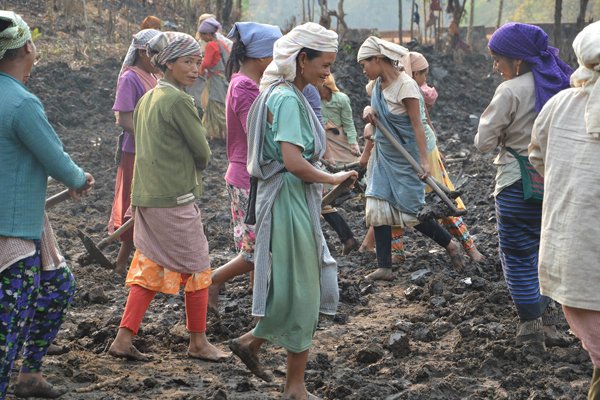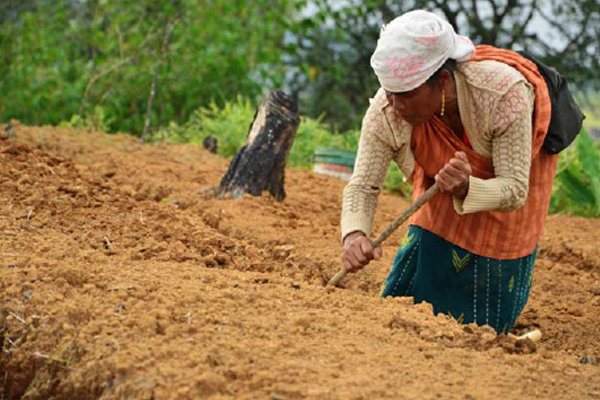Though this component the project will establish a governance and management structure for the project at State, District, Block and village level. The implementation arrangements will also cover the details regarding financial management, disbursement and procurement.
State Level
The overall management and coordination will be the responsibility of the Meghalaya Basin Management Agency (MBMA), an existing Section 8 Company under Companies Act, 2013 floated by Government of Meghalaya to undertake EAPs. The CLLM-project will be controlled and supervised by the Board of Directors of MBMA. The Board of Directors comprises of the Chief Secretary of GoM (Chairman), CEO – MBMA, Retd IAS, Dy CEO – MBMA, Principal Secretary Finance.
State Project Management Unit (SPMU)
Meghalaya Basin Management Agency (MBMA) is the nodal agency for management and implementation of the project activities.
District Project Management Unit (DPMU)
The DPMU is headed by the Deputy Commissioner of the respective District with day-to-day administration being carried out by District Project Managers (DPMs) and support staff.
Block Project Management Unit (BPMU)
At the block level, the Enterprise Facilitation Centre (EFC) and government officers will support Village Natural Resource Management Committee (VNRMC) to plan and implement CNRM plans. The government officials will be from the Department of Soil and Water Conservation, Water Resource Department, Forest Department and C&RD Department etc. The Block Development Officer (BDO) is responsible for the project at the block.
Village level
Since the project is community-driven, village is considered the primary unit of planning and implementation of CLLM-Project. VNRMC will comprise of one male and one female member of each house hold. They will appoint an executive committee to undertake day-today operation and this executive committee members may be elected from Self Help Groups, Women Groups, Youth etc.. One person from the line department will be available from the Block to facilitate the activities. The number of members in Executive Committee will be 5-7 persons. The VNRMC will be overall responsible for preparation and implementation of plans and management of project fund, procurement and supervising, etc.


